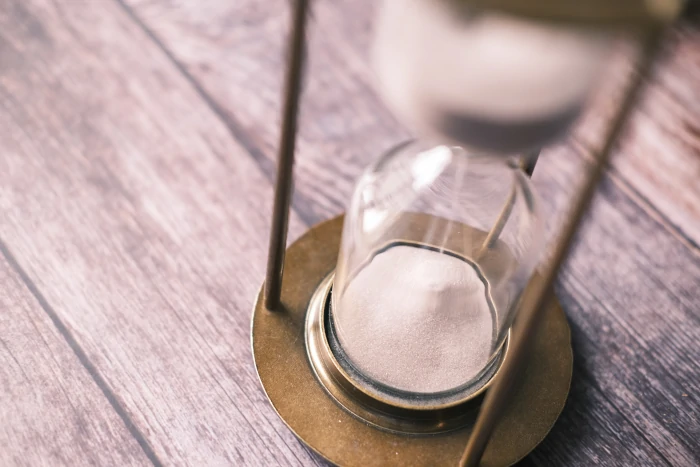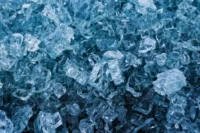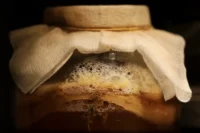
Going Outdoors During Winter – Here’s What You Need
Going Outdoors During Winter offers a unique and invigorating experience, allowing you to enjoy the serene beauty of snow-covered landscapes and the crisp, fresh air.

New Zealand, with its lush green landscapes and temperate climate, is a haven for gardening enthusiasts and those who appreciate fresh, homegrown produce. The joy of cultivating your fruits and vegetables is matched only by the satisfaction of enjoying them year-round. To achieve this, mastering the art of long-term food preservation is essential. Whether you’re a seasoned gardener or just starting your journey towards self-sufficiency, this guide will help you preserve your harvest and become more self-reliant.
The idea of self-sufficiency is deeply ingrained in New Zealand’s culture. Kiwis have a long history of growing their food, raising livestock, and preserving the fruits of their labor. From the early Maori communities to modern homesteaders, the tradition of self-sufficiency has evolved over the years, with a keen focus on sustainability and resilience.
Before diving into long-term food preservation, it’s crucial to understand your local climate. New Zealand’s climate can be quite variable, so take note of your region’s specific conditions. Coastal areas are generally milder, while inland regions experience more extreme temperatures. These factors can influence the preservation methods you choose.
1. Canning: Canning is a versatile method for preserving fruits, vegetables, and even meats. Invest in a pressure canner and can your produce to extend its shelf life for years. The key is to follow recommended processing times and procedures to ensure safety.
2. Freezing: Freezing is the simplest way to preserve food. Blanch your vegetables before freezing to retain flavor and nutrients. Vacuum-sealing your produce can further extend its shelf life.
3. Drying: Dehydrating is perfect for preserving fruits and herbs. A food dehydrator or even an oven set to low temperatures can do the trick. Dried foods are lightweight, making them ideal for storage. The dried goods are best stored in either glass jars or Mylar Bags.
4. Fermentation: New Zealand’s interest in fermentation is growing. Sauerkraut, kimchi, and pickles are delicious examples of fermented foods that store well and enhance your meals with probiotics.
5. Root Cellaring: If you have the space, consider a root cellar. It’s a traditional method of storing root vegetables and fruits like potatoes, carrots, and apples. A root cellar provides a cool, dark, and humid environment, ideal for long-term storage.
In addition to enjoying the fruits of your labor, long-term food preservation plays a crucial role in emergency preparedness. New Zealand is no stranger to natural disasters, and having a well-stocked pantry can provide peace of mind during challenging times. Always rotate your stored food to ensure freshness and minimize waste.
Self-sufficiency and sustainability often go hand in hand. Consider the environmental impact of your food preservation choices. Reusable canning jars, energy-efficient dehydrators, and composting kitchen scraps are all ways to minimize waste and reduce your carbon footprint.
As a self-sufficient Kiwi, you have the power to preserve the taste of summer and the bounty of your garden all year round. Whether you’re a gardening veteran or a novice, long-term food preservation is a valuable skill that connects you to New Zealand’s rich traditions of self-sufficiency and sustainability. With the right knowledge and tools, you can create a pantry that’s not only a source of delicious meals but also a symbol of resilience and independence. Start storing your harvest today, and savor the rewards throughout the seasons.

Going Outdoors During Winter offers a unique and invigorating experience, allowing you to enjoy the serene beauty of snow-covered landscapes and the crisp, fresh air.

In the world of food preservation, Mylar bags have become increasingly popular due to their durability and ability to protect food from environmental factors. While

Fermentation, an ancient method of food preservation and flavor enhancement, has experienced a resurgence in popularity in recent years. From tangy sauerkraut to fizzy kombucha,